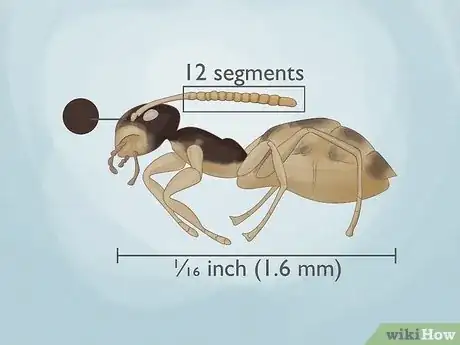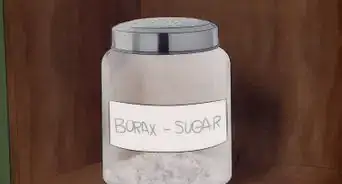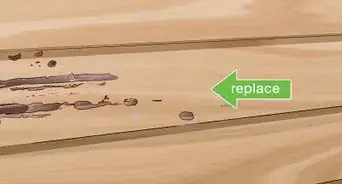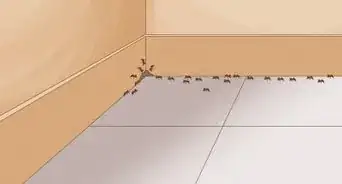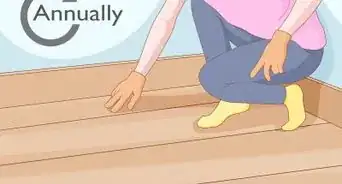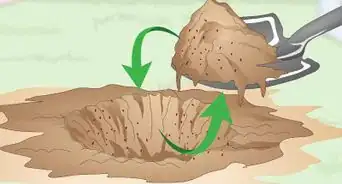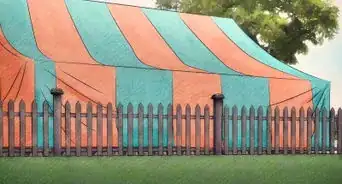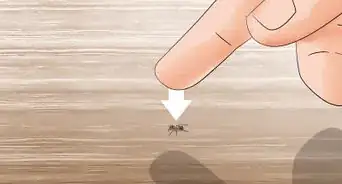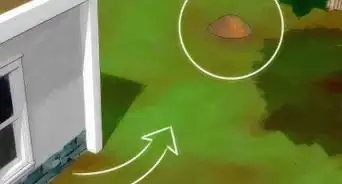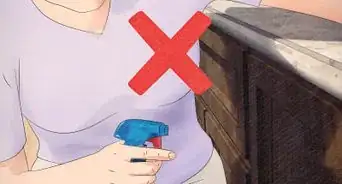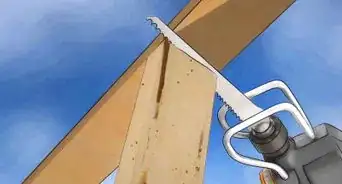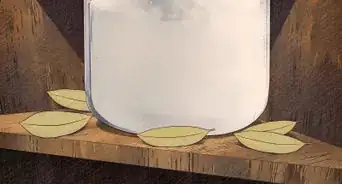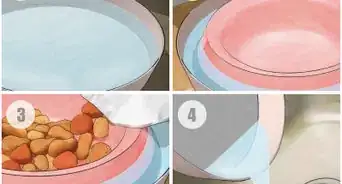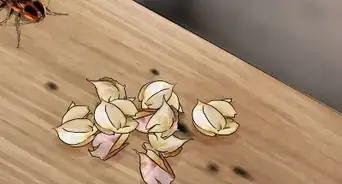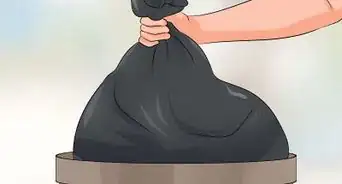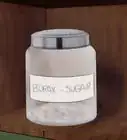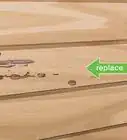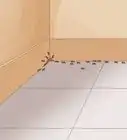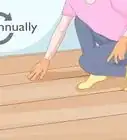This article was written by Kevin Carrillo and by wikiHow staff writer, Hunter Rising. Kevin Carrillo is a Pest Control Specialist and the Senior Project Manager for MMPC, a pest control service and certified Minority-owned Business Enterprise (MBE) based in the New York City area. MMPC is certified by the industry’s leading codes and practices, including the National Pest Management Association (NPMA), QualityPro, GreenPro, and The New York Pest Management Association (NYPMA). MMPC's work has been featured in CNN, NPR, and ABC News.
There are 9 references cited in this article, which can be found at the bottom of the page.
This article has been viewed 2,596 times.
If you live in Florida or the southern United States and have seen tiny ants scurrying through your home, you may be dealing with ghost ants. Even though ghost ants aren’t harmful to humans, it’s still important to control an infestation so it doesn’t become a bigger nuisance. Luckily for you, there are a lot of things you can do to get rid of ghost ants for good. Keep reading for the best ways to kill ghost ants and stop them from getting inside again.
This article is based on an interview with our MMPC-certified pest control specialist, Kevin Carrillo. Check out the full interview here.
Things You Should Know
- Ghost ants are 1⁄16 in (1.6 mm) long with dark heads and pale white bodies. They live in small nests in walls, potted plants, crevices, and yard debris.
- Place slow-acting bait near ant trails to get rid of ghost ant nests for good. Apply pesticide barrier where ants get in to keep them from coming in.
- Prevent ghost ant infestations by cleaning your home and putting food away. Trim plants in your yard, seal entrances, and fix leaks to deter the ants.
Steps
Warnings
- Avoid using any type of natural or chemical repellents for ghost ants since it could cause “budding,” which is when the colony splits and forms multiple nests.[13]⧼thumbs_response⧽
References
- ↑ https://edis.ifas.ufl.edu/pdf/IN/IN532/IN532-Dcvqt3raja.pdf
- ↑ https://extensionentomology.tamu.edu/insects/ghost-ant/
- ↑ https://extensionentomology.tamu.edu/insects/ghost-ant/
- ↑ http://52.64.242.214/uploads/PIAT_content/pdfs/ghost-ants-risk-assessment.pdf
- ↑ https://edis.ifas.ufl.edu/publication/IN532
- ↑ https://www.mgk.com/wp-content/uploads/2020/10/MGK-Web-Protocol-Ant-Ghost.pdf
- ↑ https://edis.ifas.ufl.edu/publication/IN532
- ↑ https://liveoak.agrilife.org/files/2011/07/House_Infesting_Ants_Management_15.pdf
- ↑ https://edis.ifas.ufl.edu/pdf/IN/IN532/IN532-Dcvqt3raja.pdf
- ↑ https://www.mgk.com/wp-content/uploads/2020/10/MGK-Web-Protocol-Ant-Ghost.pdf
- ↑ https://news.ufl.edu/archive/1997/10/ghost-ants-can-be-more-trick-than-treat-for-homeowners.html
- ↑ https://www.mgk.com/wp-content/uploads/2020/10/MGK-Web-Protocol-Ant-Ghost.pdf
- ↑ https://www.mgk.com/wp-content/uploads/2020/10/MGK-Web-Protocol-Ant-Ghost.pdf
